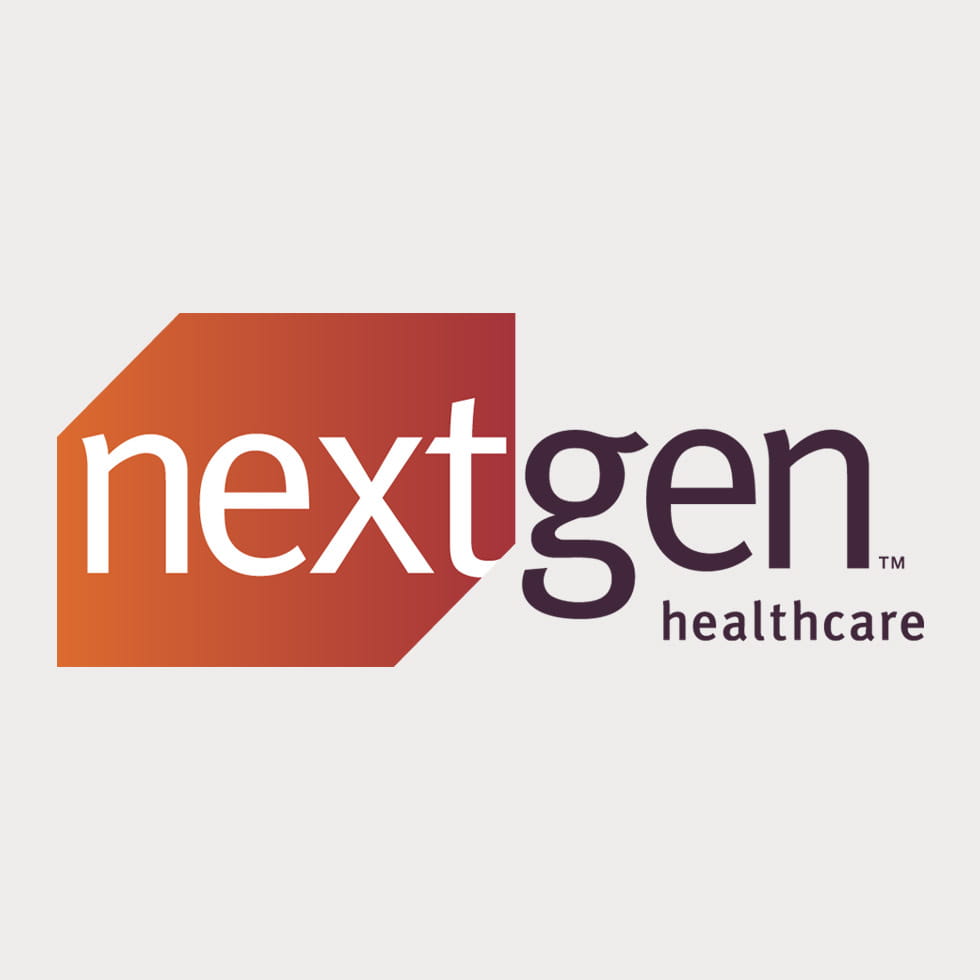Helpful hints to make your revenue cycle process as smooth as possible.
Our last blog in the medical billing and practice management series explored charge capture and coding. Proper charge capture enables you to create an accurate claim that has a better likelihood of reimbursement. The next step to create the claim itself and scrub that claim to make sure it is clean and error free.
Coding requires staff to gather information from the medical record and other documentation used in medical billing. Codes are required to generate insurance claims, which go to third-party payers. During claims creation, coding is transformed, manually or electronically, into billing.
Accurate coding reduces the number of claims to medical insurers that are denied. Claims scrubbing is a way to audit claims before they are submitted to insurers. Clean claims help ensure medical practices receive timely and accurate payments.
Here are some key components of claims creation and scrubbing process:
Superbills
A superbill is the primary source of data for creating claims—an itemized list of services provided to a patient. Medical billers create claims by pulling information from the superbill, either by hand or electronically using the practice management (PM) system.
Forms for submitting claims
The CMS-1500 form (created by Medicare) is accepted by most third-party payers. Medicaid and other third-party payers may use different claim forms based on their specific requirements.
Claims scrubbing
During claim preparation, medical billers or coders check for errors—claims scrubbing. This helps ensure that all information is complete and correct, including: patient, provider, and visit information, as well as procedure, diagnosis, and modifier codes. The goal is to generate a clean claim and prevent denials. Much of the claims scrubbing process may be automated.
Claims editing tools
Claims editing tools help detect errors such as missing CPT code modifiers or incorrect diagnosis codes that will likely result in denials. Expect to check your claims against National Correct Coding Initiative edits, implemented by CMS to promote proper coding. Claims scrubbing software that integrates with your EHR and PM system helps ensure claims are billed at the actual contracted amount, coded accurately, and processed as quickly as possible.
Use a charge review rules engine
A charge review rules engine allows you to automate the comparison of your charges against standards set by Medicare, Medicaid, and private payers. Before the import of charges from the EHR into the PM system, the rules engine applies millions of coding rules to the submitted charges to ensure billing accuracy. It alerts you to errors, so you can correct them before a claim is submitted to the payer. A charge review rules engine reduces the need for time-consuming manual review of charges.
Correct repeated coding errors
If you find certain claim edits keep coming back, identify the issue that’s causing the repeated error. Work with the appropriate biller, coder, physician, or other staff member, to address the problem. Make sure the correct information is documented so the mistake isn’t repeated. If the same errors appear frequently, offer staff training on detecting and correcting these errors and inconsistencies.
To learn more about claims creation and claims scrubbing, read our eBook "A Simple Guide: Practice Management and Medical Billing."





